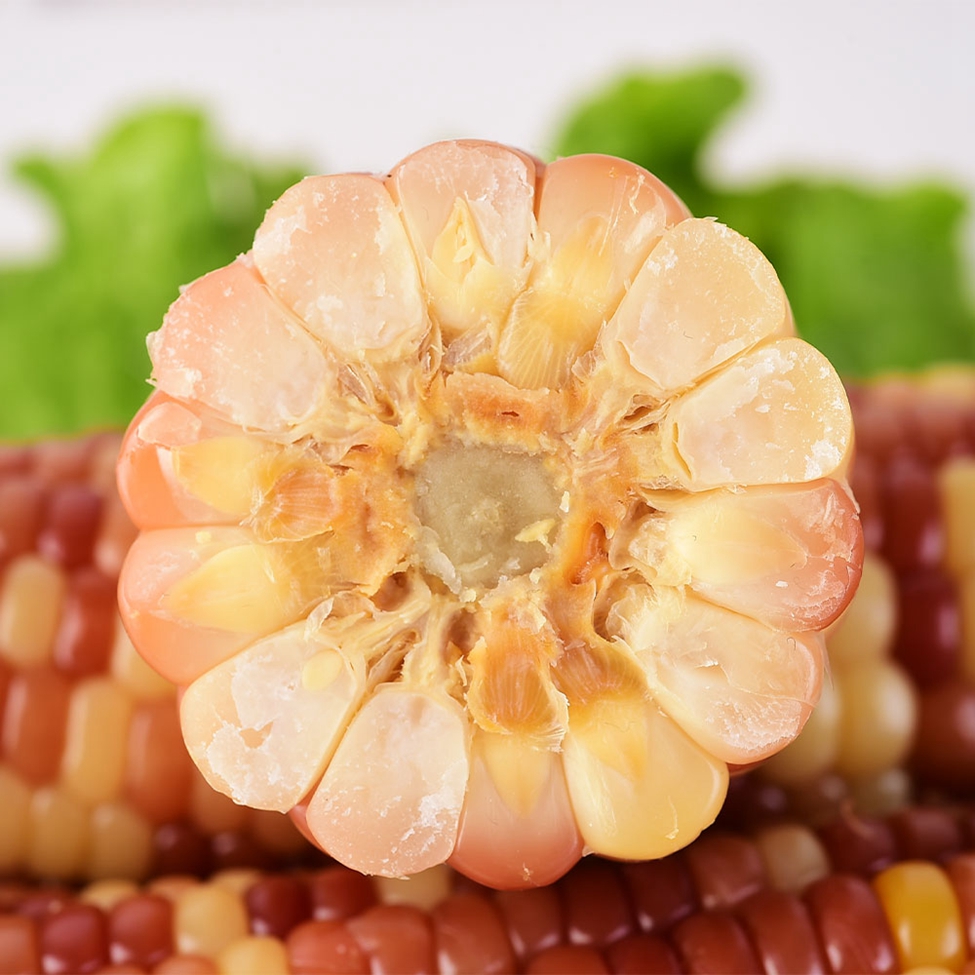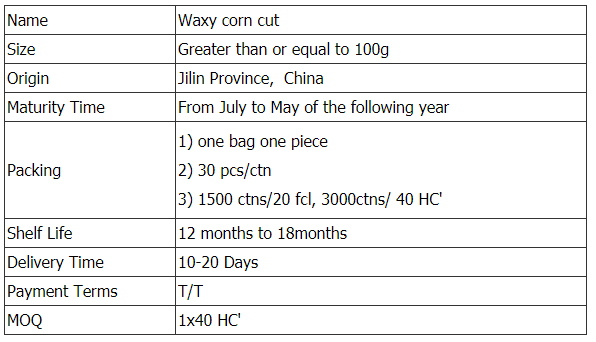Release date: 2016-04-22

Scientists at the Gladstone Institute have developed a new way to create three-dimensional human heart tissue from stem cells. The organization can be used in disease models for drug testing, which opens the door to precise treatment of heart disease. While the prior art is capable of obtaining three-dimensional tissue from cardiac cells, this new approach greatly reduces the number of cells required, making it a simpler, cheaper, and more efficient system.
“We have created micro-heart tissue through a bioengineering method that is easily replicated, which will enable scientists in stem cell biology and the pharmaceutical industry to study heart cells in an appropriate environment,†Gladstone Institute Dr. Nathaniel Huebsch, Ph.D., a postdoctoral researcher at Conklin Labs, said. "On the contrary, this will increase our ability to treat heart disease."
Cardiac cells produced by induced pluripotent stem cells (iPSCs) from patient skin cells enable scientists to conduct research and drug testing on certain diseases of patients. However, cells produced by iPSCs are relatively immature and more similar to embryonic heart cells than adults. Therefore, drug testing with these cells is not enough because they do not correctly predict the effects of drugs on adult heart cells. In addition, the work of generating heart cells by iPSC is extremely challenging, so it is difficult to generate it in large quantities. Therefore, the fewer cells you need, the better.
Miniature myocardium solves both of these problems. Forcing cells to organize and stretch into three-dimensional tissue helps to promote their development, making them look more like mature cells, and better predicting how drugs will affect adult heart cells. In addition, the new method, published in the journal Science Report, requires a thousand times fewer cells to grow tissue than is required by other tissue engineering techniques. Fewer cells can be used by scientists to do more experiments with the same amount of resources.
Researchers at the University of California, Berkeley, working with Dr. Kevin Healy, for the first time generated cardiomyocytes and connective tissue cells from induced pluripotent stem cells (iPSCs). They then combined the cells together in a special dish shaped like a miniature dog bone. This unique shape causes the cells to self-organize to form elongated muscle fibers. Within a few days, this micro-tissue grows similar to the structure and function of the myocardium. For example, when a researcher tests a tissue's response to a drug that damages fetal heart cells and is harmless to adult heart cells, the micro-myocardium behaves more like adult heart tissue.
"The advantage of this technology is that it is very easy to implement and powerful, but it still allows you to create 3D micro-organisms with normal organizational functions," said Bruce Conklin, senior researcher and senior author at the Gladstone Institute. Say. "Our research shows that you can take advantage of the inherent properties of these cells to create these complex tissues with simple templates. We believe that micro-myocardium will provide a superior resource for research and development in the treatment of heart disease."
Source: Noble
Color waxy corn is generally white, yellow, red, purple and black, white, yellow and purple corn is the basic color. The purple gene in a purple/white hybrid will naturally become purple if it "beats" the white gene, and vice versa, if it's a tie, what we see is a white/purple corn. Purple can turn into red corn and black corn, which is often called "red is purple, black is purple."




Mottled Corn Cut,Non Gmo Corn Cob,Mottled Waxy Corn Cut,Non Gmo Corn Cob Cut
Jilin Province Argricultural Sister-in-law Food Co., Ltd. , https://www.nongsaocorns.com